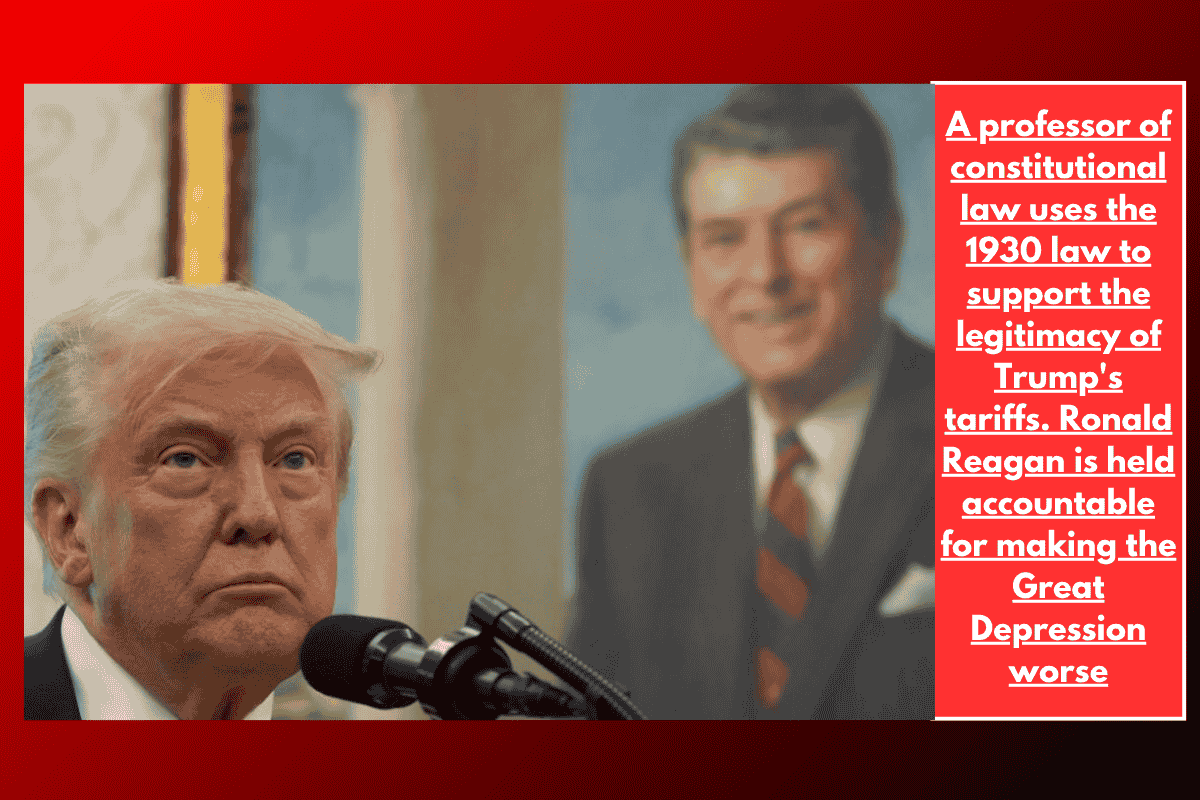On Tuesday, the America First Policy Institute filed an amicus curiae brief urging the U.S. Court of Appeals for the Federal Circuit to reverse a ruling that blocked former President Donald Trump’s tariffs, particularly those imposed on Mexico, Canada, and China. The brief, filed by constitutional law professor Jed Rubenfeld of Yale Law School, argues that the Smoot-Hawley Tariff Act of 1930, not the International Emergency Economic Powers Act (IEEPA), should be seen as the key legal authority supporting the tariffs.
Background on the Case
The case stems from a May ruling by the U.S. Court of International Trade, which determined that Trump’s tariffs, including those on China, were not authorized under the IEEPA, a law that grants the president authority to address national security threats. The court’s decision has been stayed pending the outcome of an appeal at the Federal Circuit, and briefs have been filed by various parties, including the Trump administration and the America First Policy Institute.
In their opening brief, the Trump administration strongly defended its tariff authority under the IEEPA, citing the grave threats to national security that justified the tariffs. However, the America First Policy Institute took a different approach, focusing on the Smoot-Hawley Tariff Act of 1930, which was not considered in the lower court’s ruling.
The Smoot-Hawley Tariff Act and Its Relevance
The Smoot-Hawley Tariff Act is a key piece of legislation passed during the Great Depression that authorized the president to impose tariffs on countries that burdened U.S. commerce. Rubenfeld, representing the pro-Trump think tank, argues that this Act expressly gives the president the power to impose tariffs “whenever the President shall find as a fact that any foreign country places any burden or disadvantage on United States commerce.”
According to Rubenfeld’s brief, Section 338 of the Tariff Act of 1930 directly authorizes President Trump to impose “worldwide and reciprocal” tariffs, including those that were challenged in this case. He contends that the failure of the lower court to consider this statute means that “the single most relevant federal statute was not considered at all.”
Rubenfeld further argues that an Executive Order may be upheld under a statute that wasn’t explicitly cited in the Order, suggesting that despite Trump not mentioning the Smoot-Hawley Act in his executive orders, Section 338 still provides a solid legal basis for his tariffs. The brief calls for the reversal of the lower court’s judgment and the vacating of the injunction against the tariffs.
Historical Context: Smoot-Hawley’s Legacy
The reliance on the Smoot-Hawley Tariff Act is notable given its controversial history. When the law was passed in 1930, it led to a wave of retaliatory tariffs from other countries, contributing to a global trade war and worsening the effects of the Great Depression. In a 1986 radio address, then-President Ronald Reagan strongly criticized the Smoot-Hawley Act, stating that it had ignited an international trade war and deepened the economic crisis of the 1930s. Reagan emphasized that closing markets and raising tariffs could harm the U.S. economy, suggesting that opening markets and improving trade conditions would be a more effective solution.
What’s Next?
The Federal Circuit will hear oral arguments in this case on July 31, and the court’s decision will have significant implications for future U.S. trade policy, particularly the scope of presidential authority to impose tariffs on national security grounds.
The ongoing case raises important questions about the legal basis for Trump’s tariffs, with the America First Policy Institute introducing the Smoot-Hawley Tariff Act as a central argument. Whether the Federal Circuit will accept this interpretation remains to be seen, especially considering the historical context and past criticisms of the Smoot-Hawley Act. The ruling could shape future U.S. trade policy and the balance of power between the executive and judicial branches in matters of international trade.













